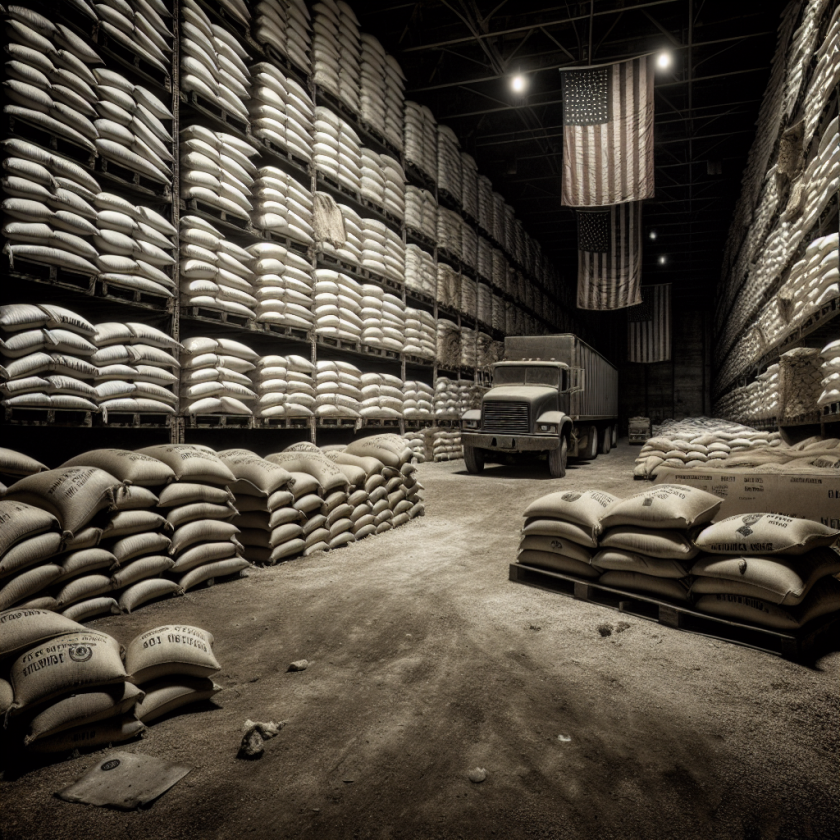Unpacking Trump’s “Liberation Day” Tariff Strategy on Trillion-Dollar Imports
Unpacking Trump’s “Liberation Day” Tariff Strategy on Trillion-Dollar Imports
Introduction to the Tariff Strategy
Former President Donald Trump has introduced a bold tariff strategy dubbed “Liberation Day,” targeting imports worth trillions of dollars. This approach aims to reshape the U.S. trade landscape by imposing significant tariffs on a wide range of imported goods.
Key Objectives of the Strategy
- Boost Domestic Production: Encourage American companies to increase domestic manufacturing by making imported goods more expensive.
- Reduce Trade Deficit: Address the longstanding trade imbalance by discouraging excessive imports.
- Strengthen National Security: Limit dependency on foreign nations for critical goods and materials.
Potential Impacts on the Economy
The “Liberation Day” strategy could have far-reaching effects on the U.S. economy, influencing various sectors and stakeholders:
- Consumer Prices: Potential increase in prices for goods that rely heavily on imports.
- Business Operations: Companies may face higher costs, prompting a reevaluation of supply chains.
- International Relations: Possible tensions with trade partners, leading to retaliatory measures.
Criticism and Support
The strategy has sparked a mixed response from different quarters:
- Supporters: Applaud the move as a necessary step to protect American jobs and industries.
- Critics: Warn of potential economic disruptions and increased costs for consumers and businesses.
Conclusion
Trump’s “Liberation Day” tariff strategy represents a significant shift in U.S. trade policy, aiming to bolster domestic industries while addressing trade imbalances. While it promises potential benefits like increased domestic production and enhanced national security, it also poses risks such as higher consumer prices and strained international relations. The ultimate impact of this strategy will depend on its implementation and the global response.







































